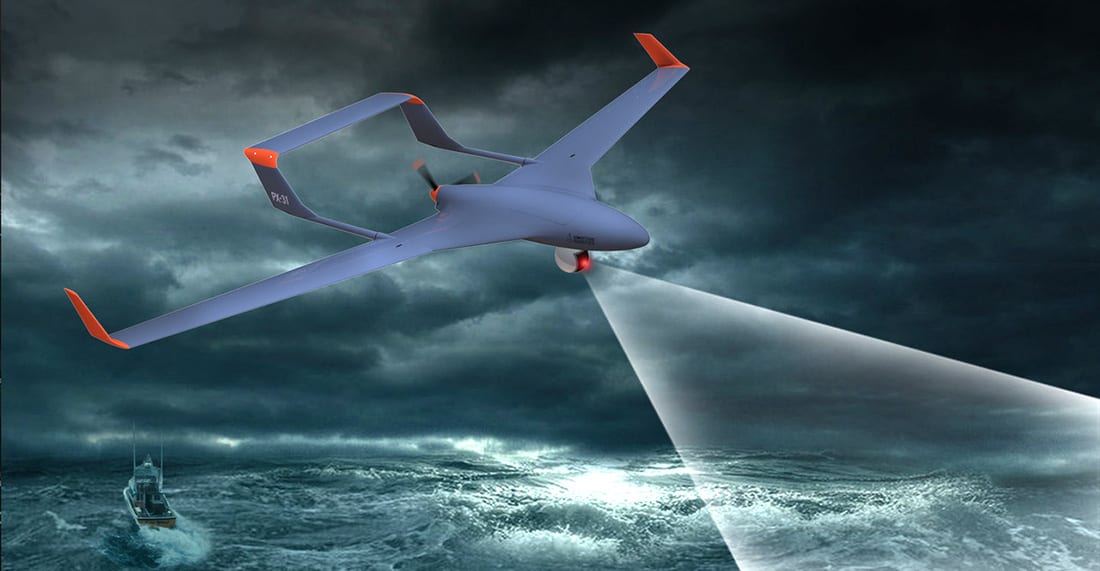
News
Fishing for Rogue Drones with Drones
While drones are efficient and cost effective means of making tasks easier –reaching inaccessible places, saving human effort involved: the only requisites are of course a landing strip or a platform for fixed wing and multicopter drones respectively.
Fixed-wing drones are known to be faster and more energy-efficient than multicopters hence they’re mostly used for tasks such as mapping areas of the ocean. Many of them need landing strips which might not always be available on all ship decks. This problem has a solution now, thanks to a clever new technique that uses quadcopters to catch drones.
A sea-going drone could benefit from the linecatch system developed by a team at the Norwegian University of Science and Technology.
In this system:
- Fixed-wing drones are equipped with a small box on their underside. As one of these drones approaches its host vessel at sea, that box opens, and a catch line with a hook at the end drops out and hangs down.
- As the fixed-wing drone nears the vessel, simultaneously two autonomous multicopter drones take off from that vessel and proceed to hover side-by-side just below the path of the incoming drone, with a cable stretched horizontally between them.
- The incoming drone’s catch line closes in on that cable, the copters start flying in the same direction as that drone. This results in the line getting hooked on the cable, but not too abruptly.
- The drone subsequently shuts off its motor, and ends up swinging down to dangle beneath the cable. It’s then gently lowered to the deck of the ship by the multicopters, which also proceed to land on the vessel.
Prof. Tor Arne Johansen from the Norwegian University of Science and Technology says, “The operation can be performed virtually anywhere, without a runway or other infrastructure. The method requires minimal modifications to any fixed-wing drone, as opposed to more traditional methods that recover fixed-wing drones in nets or vertical lines. These require the drone to be designed to withstand the heavy loads encountered during landings.”
There are those who might argue that fixed-wing drones which are capable of performing vertical take-offs and landings (VTOL) could be used instead.
However VTOL drones tend to be more complex and have a shorter range than their conventional counterparts. While more work has been going on to make sea drones more efficient, there is one model which is capable of belly landings on the water but rough seas would are a hindrance for its functioning besides this drone too would have to be retrieved from the water after landing.
For marine/ sea drone enthusiasts a video showing a demonstration of the New Norwegian “linecatch” system is available online.




















